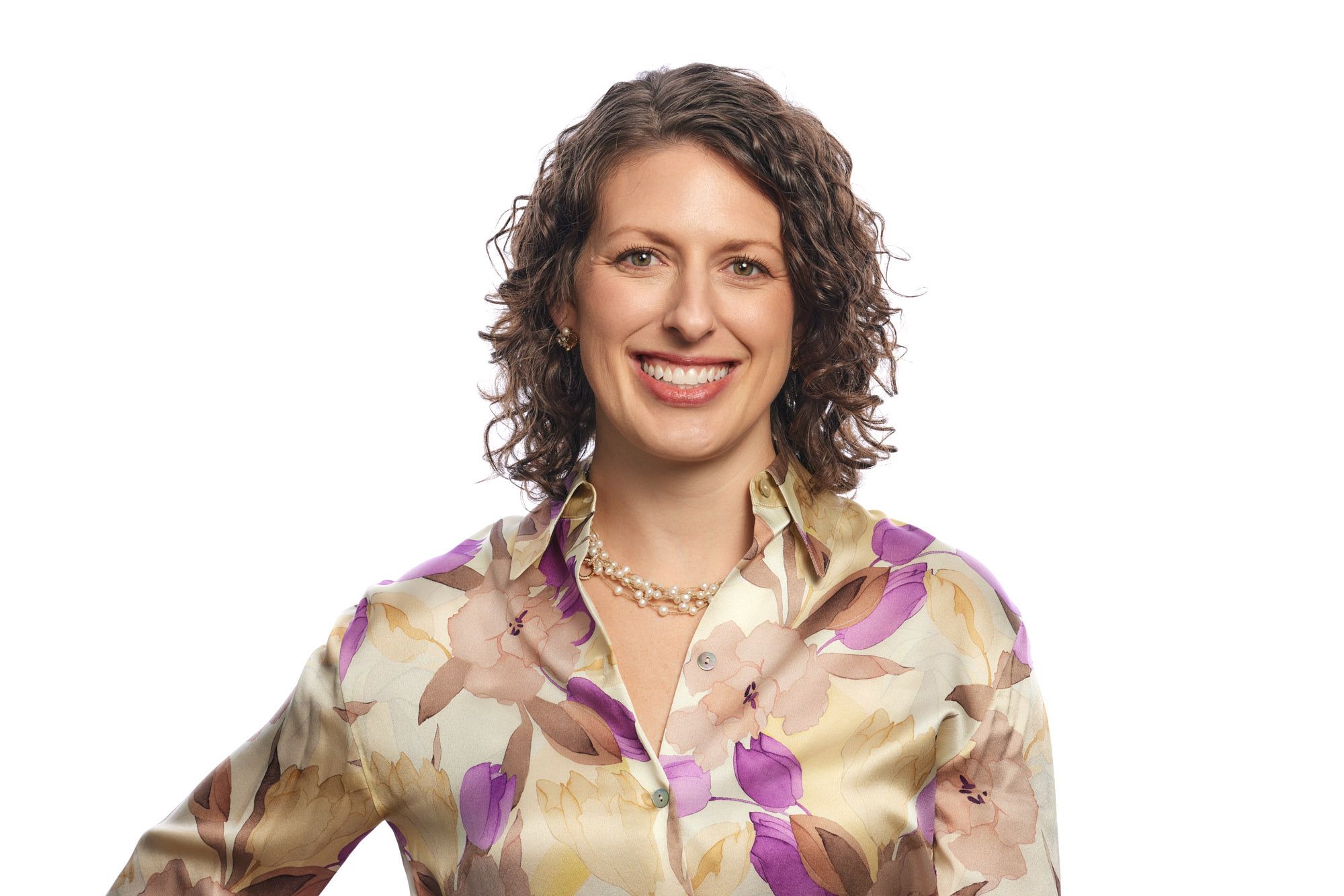Key to turning DIY investors into clients: Get specific
InvestmentNews research shows do-it-yourselfers are turned off by vague marketing pitches.
Financial advisers looking for new clients might consider fine-tuning their marketing efforts to help them stand out, especially when it comes to wealthy do-it-yourself investors.
According to an InvestmentNews Research report, the wealthy DIY investors who are a key target market for advisers are more likely to seek professional financial planning advice when it comes to specific areas, like tax planning, and trust and estate services.
The white paper, “Advice Alpha: Redefining value — and success — for an advice-centric era,” shows that the more general the financial service being promoted, the less likely a DIY investor is to hire someone to provide the service.
For example, when asked to rank the top reasons for hiring a financial adviser, 25% of DIY investors selected “for investment advice and guidance,” a category that was selected by more than 55% of investors currently working with a financial adviser.
The disparity was almost as extreme when it came to “developing a retirement plan,” which was selected by 25% of DIY investors, and 41% of current clients.
The gap starts to narrow and then reverse as the questions became more specific in terms of services, which is a message advisers should be picking up on, according to the report’s author.
On the matter of trust and estate planning, 21% of DIY investors saw that as a reason to hire an adviser, compared to 14.5% of current clients.
On tax planning and support, 21.8% of DIY investors selected that as a reason to hire an adviser, compared to 21.6% of current clients.
“It’s not necessarily about beefing up services; it’s about being clearer in what services you’re already offering,” said AnnMarie Pino, research associate at InvestmentNews.
“Advisers need to market better, and more clearly,” Ms. Pino added. “It’s very vague to just say you offer retirement planning. What exactly does that mean to somebody who isn’t a client?”
Megan Carpenter, chief executive and co-founder of FiComm Partners, a financial services communications agency, said the research underscores several key messages for advisers looking for new clients.
“Financial advisers need to understand they need to take a different approach to marketing, because we can’t all be targeting the top 2%,” she said. “It’s important for advisers to be thinking about different types of prospects, and that starts with your messaging. You can’t be all things to all people.”
Ms. Carpenter, a big proponent of using social media and a fine-tuned digital presence for marketing and promotion, chided advisory firms that use an overly generic website message.
“When your mission statement on your website reads, ‘We provide comprehensive, objective, fiduciary investment and wealth management to individuals, families, and businesses,’ you are effectively saying, ‘I do everything for everyone,’” she said. “This does not inspire confidence from DIY investors who have a clearly defined need, and it most certainly does not move them to take action and hire an adviser.”
The DIY investors surveyed last fall for the report had at least $250,000 in investible assets, but as a group, their median investible assets totaled between $500,000 and $749,999. The median income of the DIY respondents was between $150,000 and $299,999.
Another part of connecting with this group of potential clients, according to Ms. Pino, is shifting the message away from what services you provide and toward actual goals.
“Instead of saying what you do, be specific in what you can do in terms of helping clients meet their goals,” she said.
Ms. Carpenter agrees.
“In order to capture the attention of the DIY investor in a meaningful way, advisers need to create distinct and differentiated messaging that speaks directly to the needs of a specific type of client,” she said. “In addition to developing and articulating distinct and differentiated messaging, firms today cannot be ghosts online. They need to be visible and easily found when a DIY investor searches for an answer to a specific problem.”
Learn more about reprints and licensing for this article.








